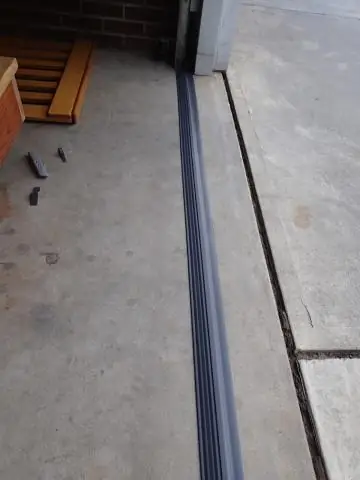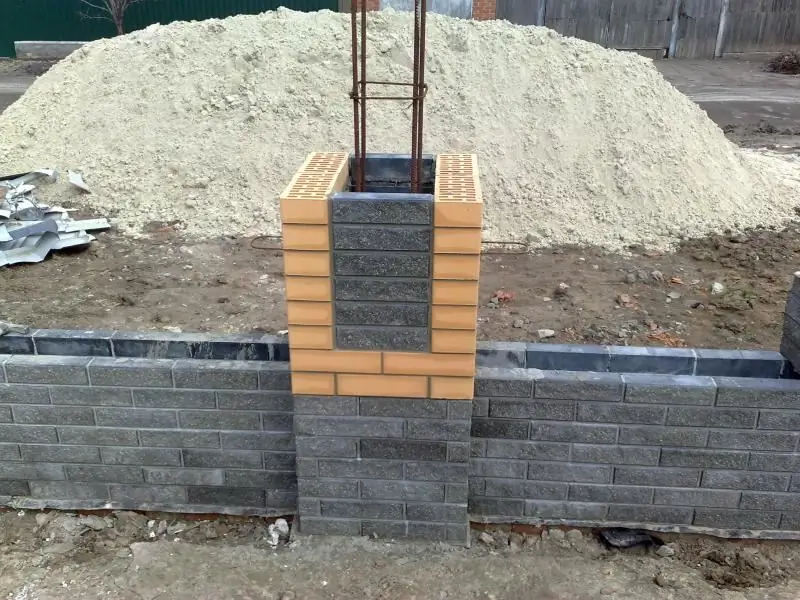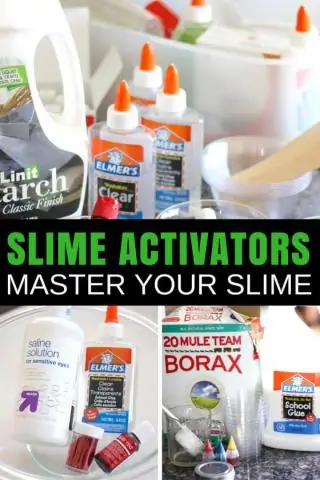
Table of contents:
- Author Bailey Albertson [email protected].
- Public 2023-12-17 12:53.
- Last modified 2025-01-23 12:41.
Do-it-yourself self-leveling floor - step by step instructions

Greetings, dear readers of our blog "Do it yourself with us."
Today I want to talk about how to make the perfect self-leveling floor with your own hands for the subsequent laying of tiles, natural parquet, linoleum, laminated parquet, carpet and other floor coverings. The technology of pouring a smooth and even surface in our step-by-step instructions.
These formulations provide an easy way to achieve an even, horizontal surface throughout the entire floor space, no matter what base you have.
Thanks to modern technologies, a huge number of levelers are currently on the market, which make it possible to level the surface with almost any base, from concrete screed to wood.
I made a flat subfloor on an existing cement-sand screed painted with ordinary oil paint. The height differences were no more than 1 cm and were located along the perimeter of the rooms and at the joints of the floor slabs.
Step-by-step instructions for filling
Step 1. Surface preparation. Cleaning
When preparing the surface before applying the leveling agent, special attention must be paid to the cleanliness of the substrate. The presence of oil and grease stains, traces of paint and other contaminants that prevent adhesion of materials is not allowed.
All weak, flaking and crumbling spots must be removed and the resulting grooves repaired to prevent leaking of the leveling compound.
The surface must be very thoroughly cleaned of dust and dirt, and “just sweeping the room” will not be enough. It is advisable to do wet cleaning or, in extreme cases, vacuum the surface to thoroughly remove dust.
Step 2. How to make a primer
After carrying out cleaning procedures, it is imperative to prime the surface, roughen it, for better adhesion of the leveling mixture to the surface. For this, concrete contact or any other primer recommended by the manufacturer of the leveling mixture is very well suited.

The primer can be applied with a brush or a roller on very large areas.
Step 3. Preparing the premises
Both during the procedure for pouring the self-leveling floor, and when it solidifies, it is necessary to ensure a positive temperature in the room. The optimum temperature is from 5 to 25 ˚С. It is forbidden to fill the leveling compound at negative ambient temperatures in the room.
All windows and doors must be hermetically closed in order to avoid creating drafts, both when pouring the mixture and when it hardens.
How to make a working mixture, composition
Before preparing the working mixture, be sure to read the instructions, it is available on each bag of dry mixture.

Pour a measured amount of cold water into a large container (for my Volma brand, 20 kg of dry mixture was closed with 5.6-6.2 liters of water (0.28-0.31 liters per 1 kg of dry mixture)). Pour the dry mixture into a container with water and stir thoroughly with a stirrer fixed in an electric drill.

The resulting mixture should not have lumps and clots, be homogeneous and have a uniform consistency.
The finished mixture can be used within 15-20 minutes. If you are doing pouring work for the first time, do not aim too much, start with half a bag and practice a little in distributing the mixture over the floor.
It should be borne in mind that when mixing a dry floor with hot water, the time for using the ready-made mixture can be reduced due to the faster setting of the components.
The use of more water than recommended by the manufacturer of the mixture is unacceptable. As a result of this, the already finished poured floor can lose very much in strength characteristics.
Applying a leveling solution to the floor
For application, we need the following tools: a spatula for better distribution of the mixture and a needle roller with a long handle, when rolling, air bubbles are removed from the bulk leveling mixture and which contributes to an even distribution of the solution over the surface.
Starting from the farthest corner of the room, pour the prepared mixture in a narrow strip.
Using a notched or ordinary trowel, spread the leveling layer evenly over the floor surface.

The grout should fill all unevenness in the floor and form a smooth surface.
Using a needle roller with a long handle, carefully remove air bubbles and finally level the layer.

By rolling the roller over the surface, the mixture spreads evenly and forms a perfect horizontal glossy surface. It is advisable to roll along the wall, or, at least, when approaching the wall, significantly reduce the rolling speed. Otherwise, spray from the roller pins will stain the wall.
After distributing the first narrow strip, pour the second parallel strip and repeat the procedure for distributing the mixture.

So, gradually pouring in and distributing strip by strip, moving towards the exit, we fill the self-leveling floor throughout the room.
Consumption of dry mix with a layer thickness of 5-7 mm was 4 kg per 1 square meter. The whole apartment (40 square meters) took exactly 8 bags (160 kg).
Depending on the brand, the formation of the leveling compound takes about 8-10 hours. And active operation can begin in 2-3 days.
Photo: 3D floors, design ideas
-

Self-leveling floor 3D
-

Self-leveling floor 3D
-

Self-leveling floor 3D
-

Self-leveling floor 3D
-

Self-leveling floor 3D
-

Self-leveling floor 3D
-

Self-leveling floor 3D
I wish everyone who will make self-leveling floors ideally smooth, mirror surfaces.
In the next article I plan to highlight the question of how to lay linoleum in an apartment. Subscribe to the update and you will be the first to receive new articles directly to your email.
Video: 3D floor pouring technology
Video: self-leveling floor in stages
In conclusion, I would like to suggest watching a small video. Happy viewing.
As you can see, making the floor is not so difficult. The main thing is to follow the advice of the step-by-step instructions, and carefully follow the actions of the professionals in the presented videos.
Best regards, Vladislav Ponomarev.
Recommended:
How And How To Insulate The Garage From The Inside With Your Own Hands - Instructions With Photos And Videos

Self-insulation of the garage. Insulation selection, material calculation and process description
Facing And Decorating The Stove In The House With Your Own Hands (including Ceramic Tiles), Instructions With Photos And Videos

Do-it-yourself cladding and finishing of the stove: what is it for, what types are used, step-by-step instructions, decor. Tips for choosing tools and materials
How To Install Fence Posts With Your Own Hands, Including Without Concreting, At The Correct Distance And Depth - Instructions With Photos And Videos

How to install fence posts: installation methods, use of suitable materials
How To Choose And Build A Foundation For A Bath With Your Own Hands - 4x6, 3x4 And Other Sizes, Tips, Instructions, Photos And Videos

How to make a foundation for a bath with your own hands. Types and features of foundations. The choice of materials and technology, installation rules and step-by-step instructions
How To Make A Slime At Home With Your Own Hands - Without Sodium Tetraborate And Glue, From Hand Cream, Shaving Foam And Other Ingredients, Recipes With Photos And Videos

Is it possible to make a slime at home. Types of slimes and recipes for their manufacture, depending on the desired properties. Toy care features
